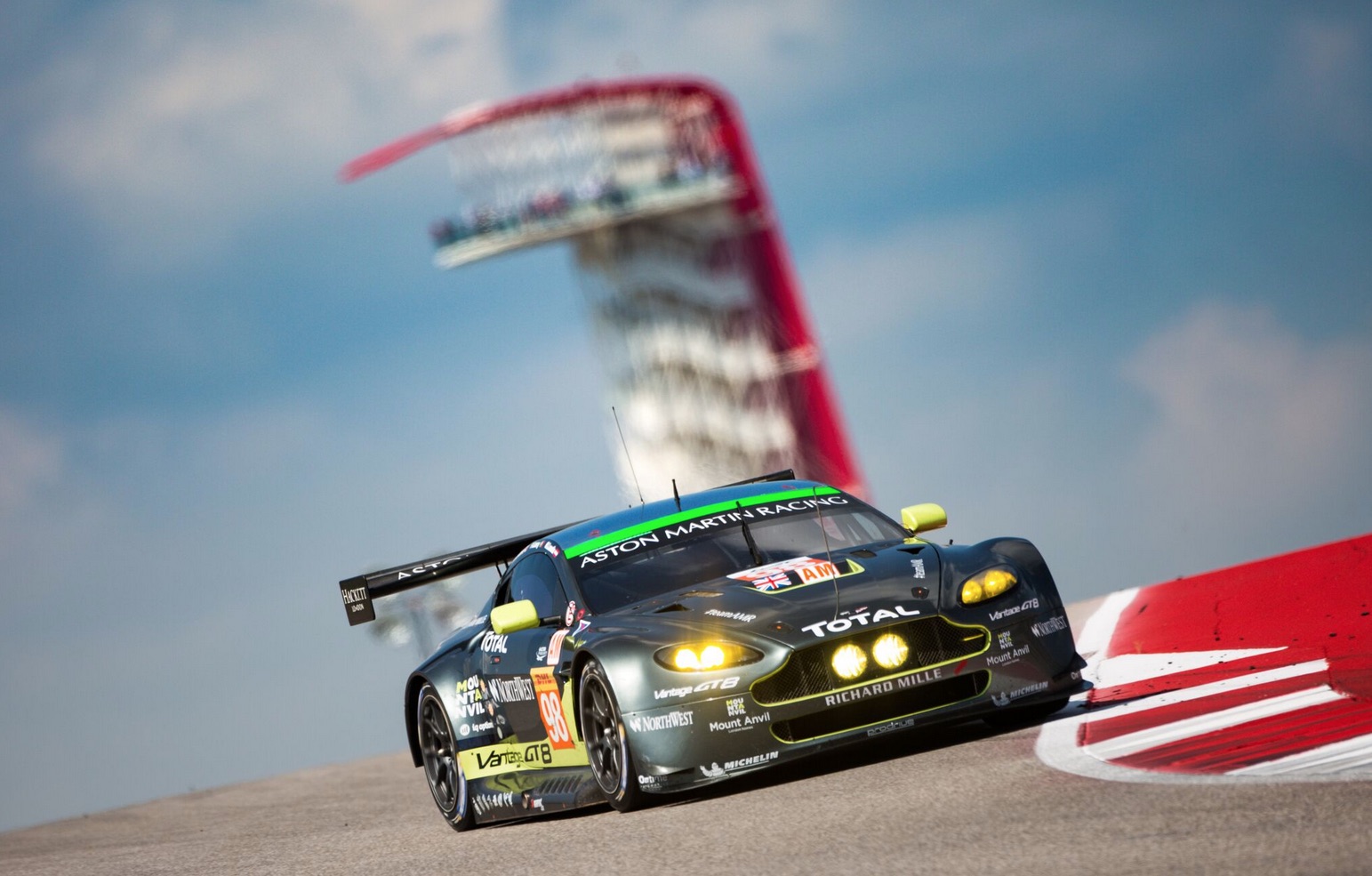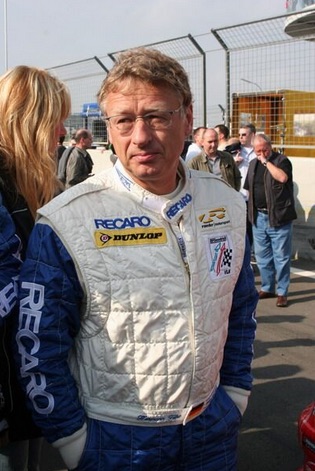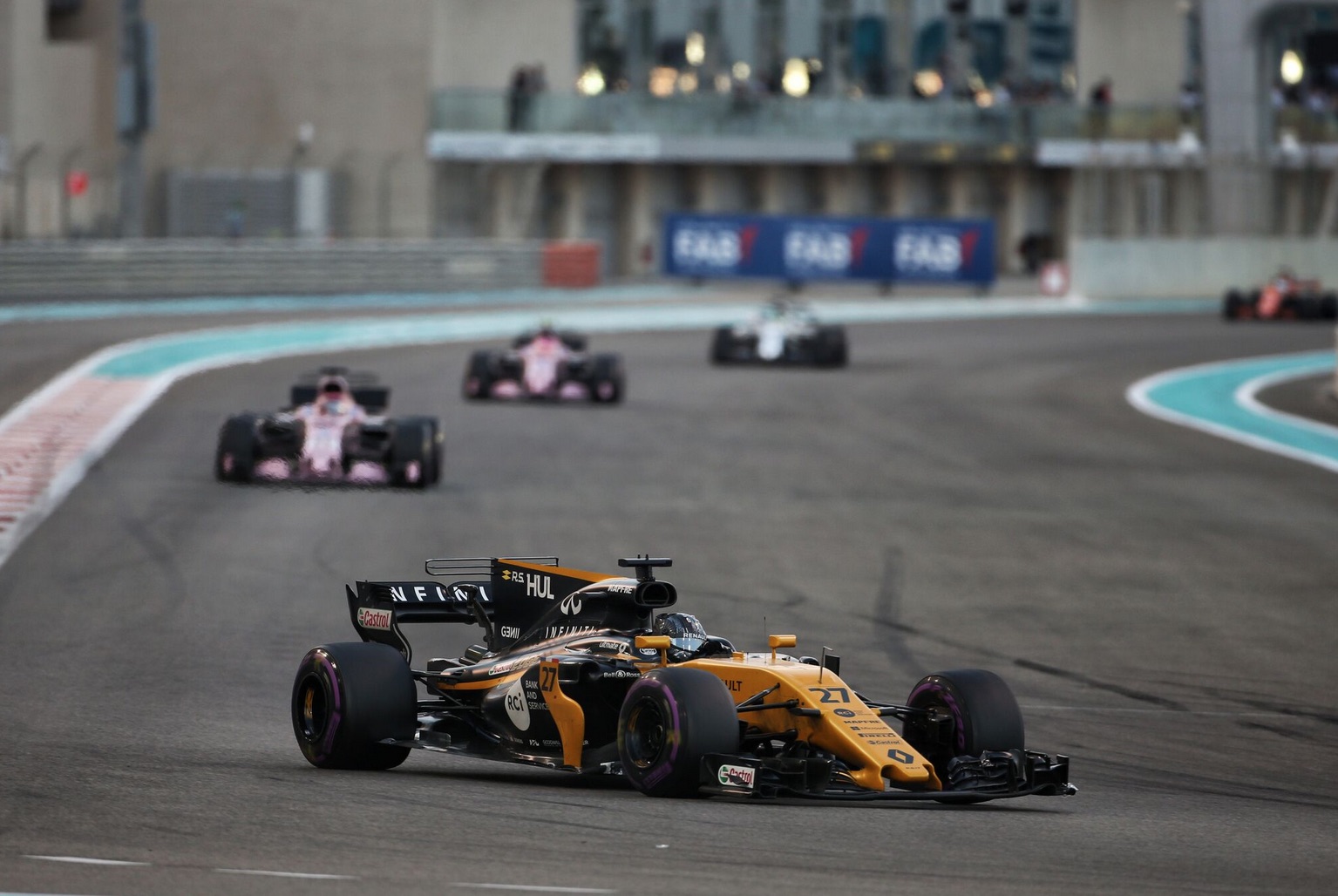"This year’s Grand Prix de Monaco Historique marked the 11th edition of this prestigious event (May 11-13, 2018) and I was fortunate enough to attend. I was there with Discovery Channel, to cover the bi-annual racing live for Quest TV. "

Hermann Tilke: Grand Prix draw-er
Meet the man who designs F1 race circuits for a living
The stunning Baku F1 circuit in Azerbaijan, like Monaco, seems like a period classic.
It’s a street circuit that is as eye-catching as the cars that race on it – and what racing it inspires. It’s unforgiving, too: if you’re not on your game, Baku bites.
It’s not an historic F1 track, though. It first ran in 2016. And who designed it? Hermann Tilke – the man responsible for penning nearly all the new F1 courses introduced since his first one, the Red Bull Ring in Austria, back in 1995.

Some don’t care for Tilke circuits, largely because of his work on modifying some existing circuits – the Hockenheimring in Germany, for example. But could anyone have done better, say his supporters, given the many constraints? The fact we even know the name of F1’s preferred circuit designer (one of the most influential people in F1, reckons B2B title Paddock Magazine) shows Tilke’s profile is no fluke.
Drivers themselves like his work – because, F1 commentator Anthony Davidson explained, “he understands the demands of the modern cars”. Classic F1 circuits were fast and tenacious, challenging the drivers of cars that didn’t have much downforce. The pilotes had endless ways to demonstrate their brilliance.

But modern cars are all about downforce – so new circuits reflect this. They are designed to maximise the opportunities for drivers to race hard in the areas they still can – because you can’t hammer modern F1 cars nose-to-tail and wheel-to-wheel like you could with old ones.
“The circuits designed in recent years have a long straight and bigger braking zone,” explained Davidson. “They are enjoyable to race on because they suit modern F1 cars.” A classic F1 circuit doesn’t look like a Tilke circuit, because classic F1 cars are far removed from modern ones.
It’s no accident Tilke’s circuits are fun to drive. That’s the racer in him: he’s a seasoned driver, regularly running the Nürburgring 24 Hours (he drove a Ford GT as recently as 2009), and even claiming a DTM start in the 1980s, and a Bathurst 24 Hours podium in the early 2000s.

A trained architect, it was competing in VLN events at the Nürburgring that led to his big break in F1: he won the contract to rebuild some access roads around the track. Then, in 1995, came the former A1 Ring job. Mr. Racetrack was underway. At the time of writing, he has 39 racetracks to his name, including modern classics like Circuit of the Americas and Istanbul Park.
63-year-old Tilke, through his company Tilke Associates (his son, Dr Carsten Tilke, is also involved), doesn’t just scribble lines on a napkin and send out the diggers. He has a multitude of constraints, not least the need to comply with FIA Grade 1 homologation – a set of standard stringent enough to not only dictate the size of the run-off areas (lots, wide), but even the placement of the advertising boards (lots, clearly visible to all).

Then there’s the plot of land he’s given by the developers, which usually isn’t ideal: flat and featureless rather than contoured and inspiring. Tilke also insists his circuits are good for spectators. Hence the big, iconic grandstands and peerless viewing areas. Tilke considers everything and thinks of everyone.
Turn 8 at Istanbul Park is perhaps his crowning glory, a sequence of corners that have been compared to Eau Rouge and 130R. Only a racer could design something like that from scratch. No wonder he’s F1’s go-to man: more often than not, he delivers.
And we all get to enjoy better racing as a result.
CLICK TO ENLARGE










